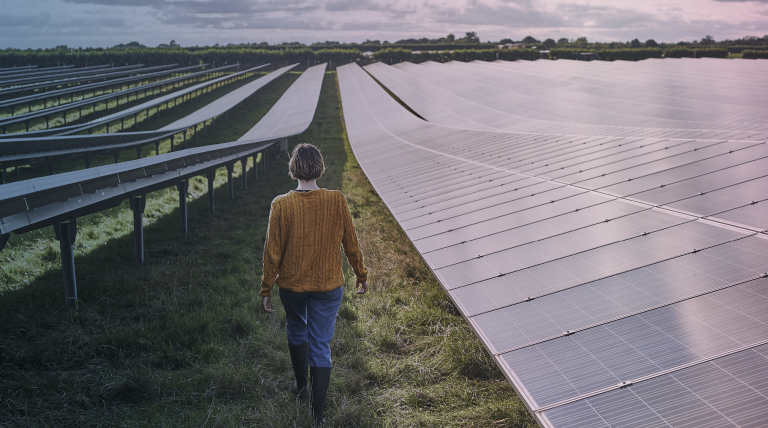For 40 years, we've been driving our country's economic and social progress. Four decades shaping Spain.
Demand for electricity in Spain fell 2% in April
- Wind power was the main energy generation technology with a 25.8% share in the national generation mix.
- 50.1% of monthly generation came from renewable sources and 71.3% was obtained using zero-carbon energy technologies.
- Electricity demand increased by 15% in the Balearic Islands and 11% in the Canary Islands compared to April 2021.
National electricity demand in April is estimated at 19,539 GWh, 2% lower than that recorded in the same month in 2021. After having factored in the influence of seasonal and working patterns, national demand registered a fall of 2.7%.

In the first four months of 2022, demand is estimated at 83,811 GWh, 2.4% lower than in the same period in 2021. Once again, after having factored in the influence of seasonal and working patterns, the demand is 2.4% lower than in the previous year.
In the month of April, and according to data estimated at the time of this press release, generation from renewable energy sources accounted for 50.1% of generation and 71.3% of electricity production was obtained using zero-carbon energy technologies.
Wind power generation in April reached 5,598 GWh, a value that is 36.7% higher than in the same month of 2021, and accounted for 25.8% of the generation mix nationwide, ranking it in first place in terms of electricity production in Spain. It was followed by nuclear, with 20.4%, and combined cycle, which generated 14.8% of the total mix nationwide.

Demand for electrical energy in the peninsular electricity system fell 2.8%
Demand for electrical energy in the mainland electricity system in April is estimated at 18,389 GWh, down 2.8% on the figure registered in April 2021. After having factored in the influence of seasonal and working patterns, demand has decreased by 3.5%.
In the first four months of 2022, electricity demand on the Spanish mainland is estimated at 79,186 GWh, 3% less than in 2021. In this case, after having factored in the influence of seasonal and working patterns, the figure is also 3% less than that recorded in the same period last year.
In the month of April, and according to data estimated at the time of this press release, 51.9% of the generation on the Spanish mainland came from renewable sources and 74.4% was obtained using zero-carbon energy technologies. Wind energy accounted for 5,475 GWh and contributed 26.6% to the electricity generation mix, making it the leading technology, ahead of nuclear, which accounted for 21.5% of the total. Combined cycle (12.7%), solar photovoltaic (12%) and hydro (8.8%) complete the ranking of the five technologies that generated the most this month.
Demand for electricity in April increased by 15% in the Balearic Islands and by 11% in the Canary Islands
In the Balearic Islands, the demand for electricity in April is estimated at 435,740 MWh, a value that is 15% higher than that recorded in the same month last year. After having factored in the influence of seasonal and working patterns, the figure is 14.3% up on that recorded in April 2021. In the first four months of 2022, gross demand on the Balearic Islands is estimated at 1,739,077 MWh, a value that represents an increase of 7.2% compared to the same period in 2021.
In terms of overall generation, combined cycle, with 78.5% of the energy produced in the Balearic Islands, was the leading technology in the archipelago in April. Renewable energy obtained using zero-carbon energy technologies accounted for 7.1% of the total generated in the Balearic Islands. In addition, during this month the submarine link between the mainland and Majorca contributed to covering 7.6% of the electricity demand in the Balearic Islands.
Regarding the Canary Islands, electricity demand is estimated at 683,594 MWh, up 11% on that recorded in April 2021. After having factored in the influence of seasonal and working patterns, demand increased by 11.2% compared to the previous year.
In the first four months of 2022, demand on the Canary Islands, in gross terms, is estimated at 2,757,499 MWh, 11.2% higher than in the same period in 2021.
Regarding electricity generation in the Canary Islands, combined cycle, with 40.8% of the total, was also the leading technology in April, while renewables and zero-carbon energy technologies accounted for 22.2% of production, with wind power generation registering a value that was 132.9% higher than in April 2021.
Consult our Daily Balance Report for more information on the National, Peninsular, Balearic Islands and Canary Islands electricity systems as at the close of April.












